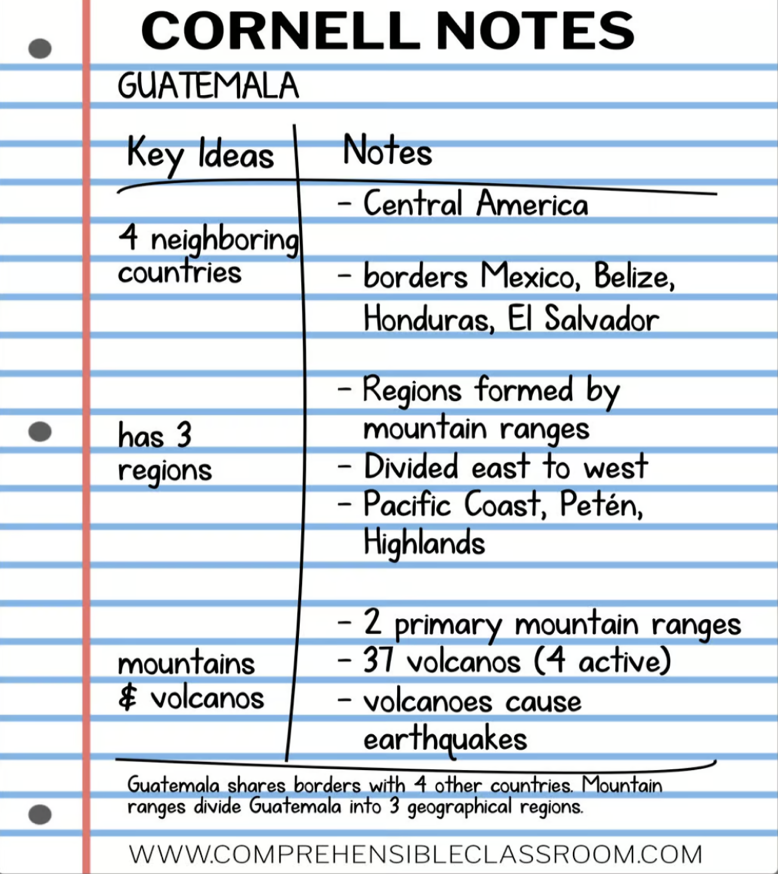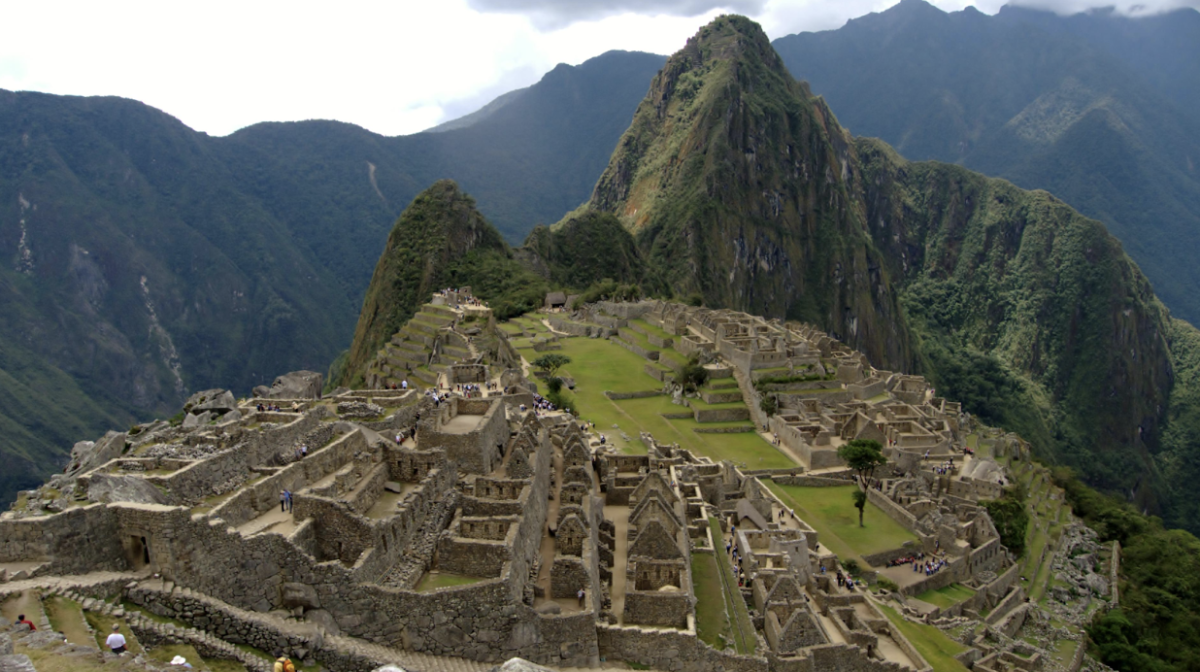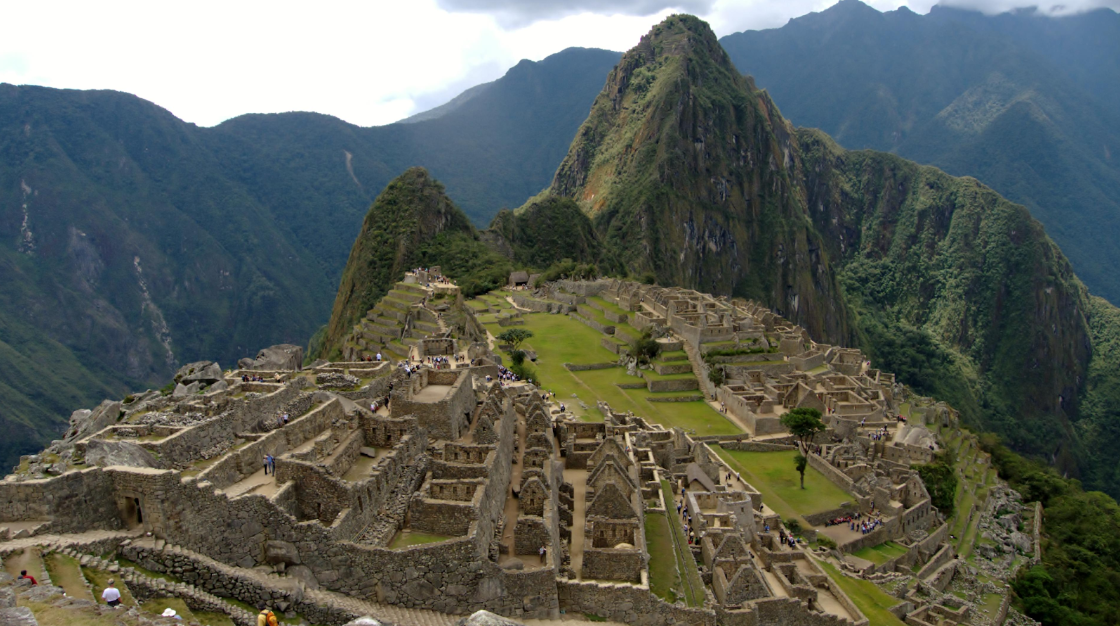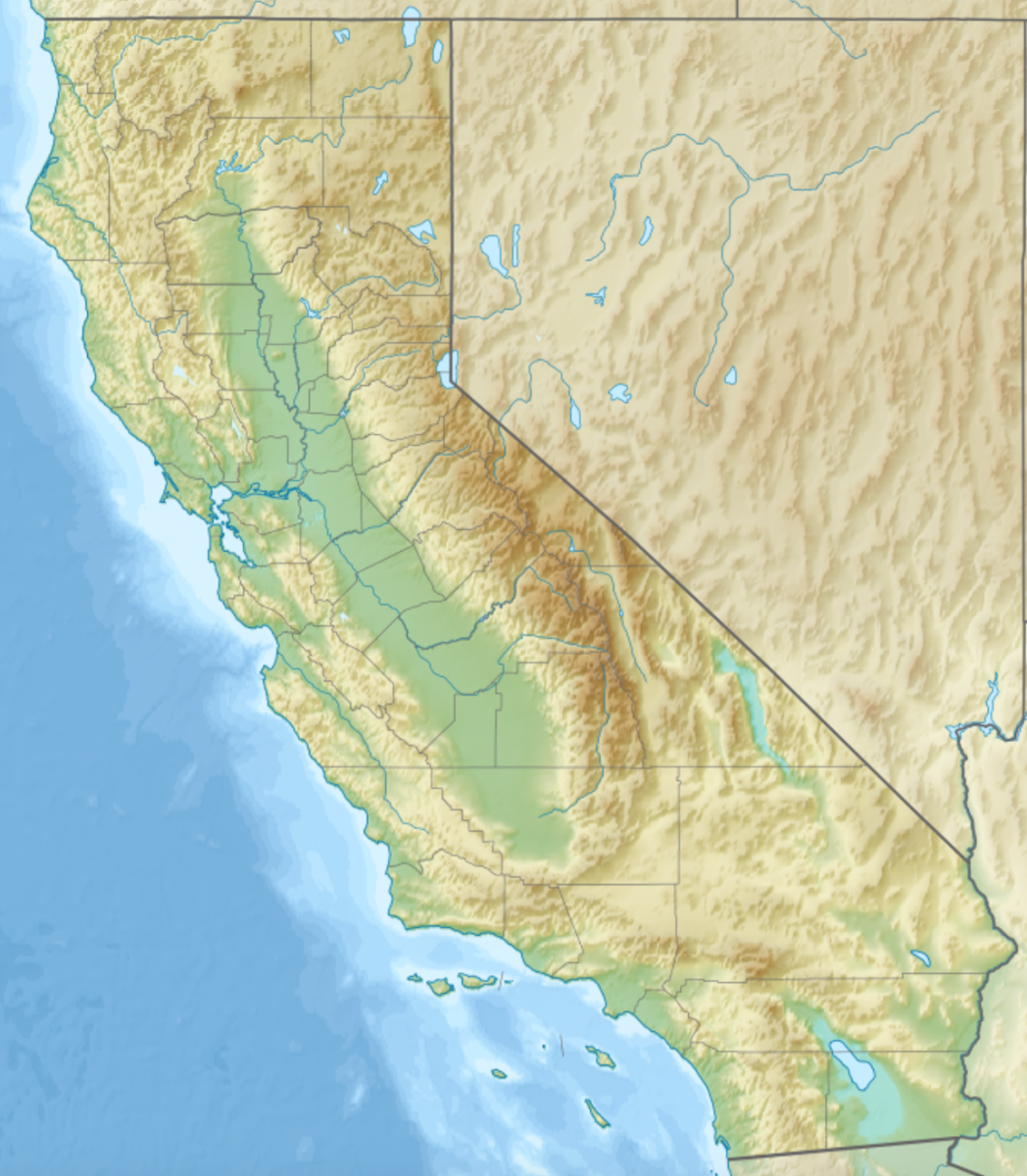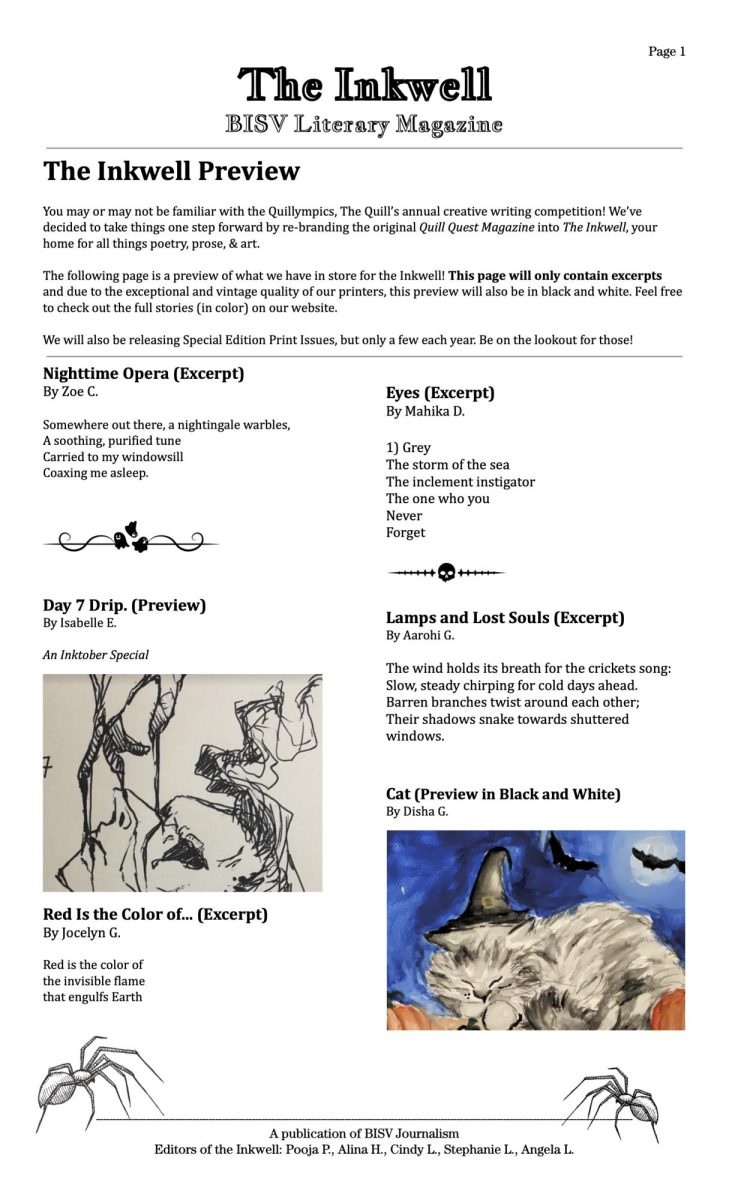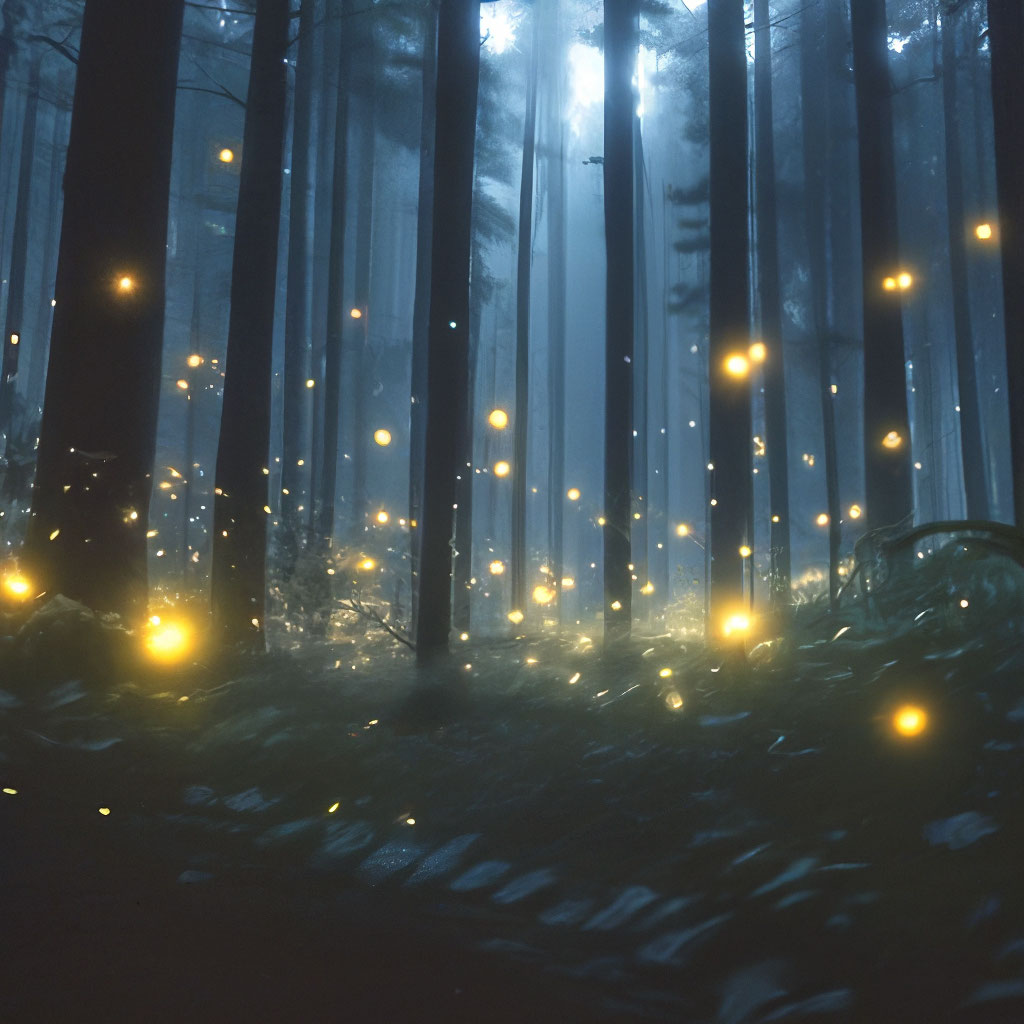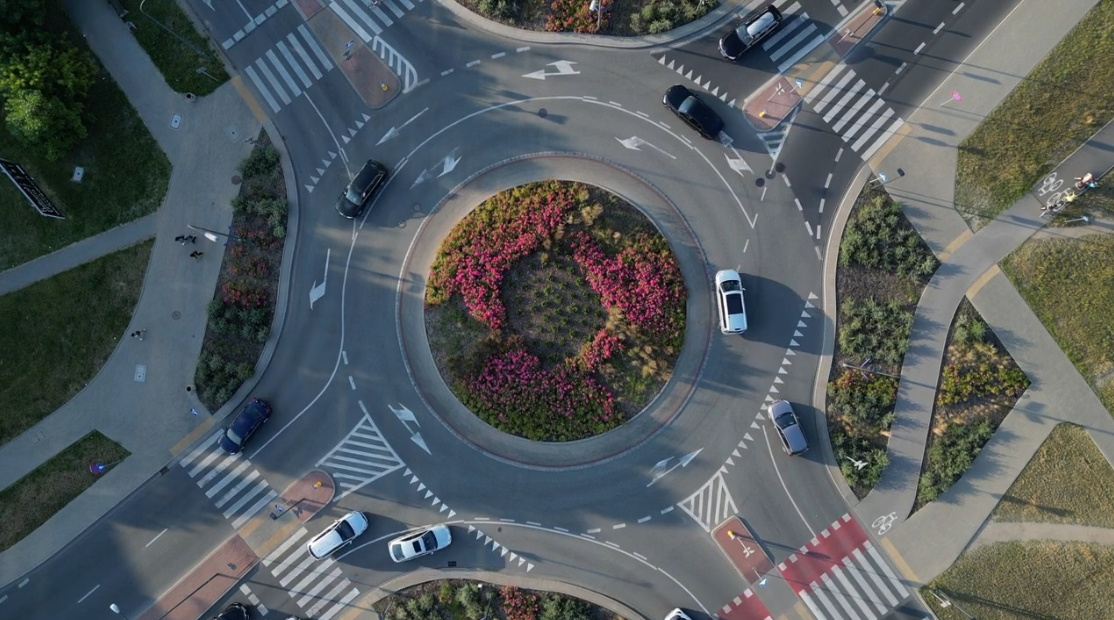Inca: Machu Picchu — Guardian of Ancient Mysteries
Machu Picchu is almost 8,000 feet above sea level in the Andes, where it sits like a crown. Made by nature and people, the stone city is mysteriously hidden in the clouds on rocky ridges above the Urubamba River. For hundreds of years, its terraces and temples were forgotten by the outside world, quietly withstanding the passage of time. Machu Picchu was occupied between AD 1420 and 1530, during the Inca Empire’s reign from 1438 to 1533, and remained hidden for nearly 400 years until its rediscovery in 1911. Only in 1911 was this historical wonder revealed to the world by Hiram Bingham. He named it the “Lost City of the Incas.” This term continues to amaze and stir up curiosity in people. However, Machu Picchu is not just a forgotten ruin; it is a living conundrum that keeps us from fully understanding the Inca civilization.
A Royal Commission or a Sacred Pilgrimage?
Most historians think that Pachacuti Inca Yupanqui, one of the most influential Inca emperors, ordered the construction of Machu Picchu in the middle of the 15th century. Originally, historians thought that it could have been a royal estate for Pachacuti to get away from the busy imperial city of Cusco, but the city’s complex design convinced them that it was more than just a palace: the meticulously partitioned agricultural and urban areas, ceremonial plazas, and sacred stones suggested a deeper purpose. They may have been a place of pilgrimage where religion, astronomy, and politics came together.
An Observatory Carved in Stone
The center of Machu Picchu lies one of its most fascinating features: the Intihuatana stone, which means “hitching post of the sun,” allows priests to keep track of the time and accurately mark periods for sowing and harvesting. During the solstices, this carved pillar lines up precisely with the sun. The idea of tracking and charting the sky held significance for the Incas. It appears that a lot of the city’s windows, staircases, and plazas follow the same patterns in the sky. The Incas built their whole city into a cosmic observatory, combining science and religion.
Mastery of Earth and Water
Machu Picchu is a marvel of engineering. Even before the mechanization of agriculture, the Incas were already devising technological innovations to assist their farming. Machu Picchu is well-known for the terraces that line the steep mountains, one of the site’s most distinguishing characteristics. These terraces are more than just pretty; they help keep the steep slopes stable and produce microclimates that make farming possible at high altitudes. Stone walls surrounding the city have been fit together to endure earthquakes for hundreds of years, further ensuring the stability of the city. The city has clever water systems that transport fresh spring water to every part, along with a drainage system that stops floods when it rains heavily in the Andes.
The Human Story
Despite everything we can see about the intricate architecture and innovations of the Incas, we still don’t know much about what life was like for the individuals who lived here. Archaeological evidence indicates the presence of a tiny, elite population; potentially nobles, priests, and seasonal laborers, rather than a substantial, permanent urban center. This makes the site even more mysterious: Machu Picchu may not have been a normal town, but a special area where rites, astronomical observations, or regal gatherings took place.
Why It Matters Today
More than just a pretty picture of Peru, Machu Picchu shows how the Incas saw the world. It illustrates that a civilization can function well in harsh conditions and still get along with nature. In today’s world, where climate change and sustainability are big problems, Machu Picchu teaches us to work with nature, not against it, to use resources responsibly, and to respect the cycles of the land. The fact that it has survived hundreds of years of storms and conquests is a reminder that people may leave a lasting legacy through their creativity and respect for nature.
Sources:
Image: Cartwright, Mark. “Inca Civilization.” World History Encyclopedia, 15 Sept. 2014, https://www.worldhistory.org/Inca_Civilization/
Magli, Giulio. “At the Other End of the Sun’s Path: A New Interpretation of Machu Picchu.” arXiv, 30 Apr. 2009, arxiv.org/abs/0904.4882
“Machu Picchu.” National Geographic, 6 Nov. 2018, www.nationalgeographic.com/travel/article/machu-picchu-secrets
“Machu Picchu.” Wikipedia: The Free Encyclopedia, Wikimedia Foundation, en.wikipedia.org/wiki/Machu_Picchu
“Who Built Machu Picchu?” Alpaca Expeditions, www.alpacaexpeditions.com/who-built-machu-picchu-inca-empire-secrets/







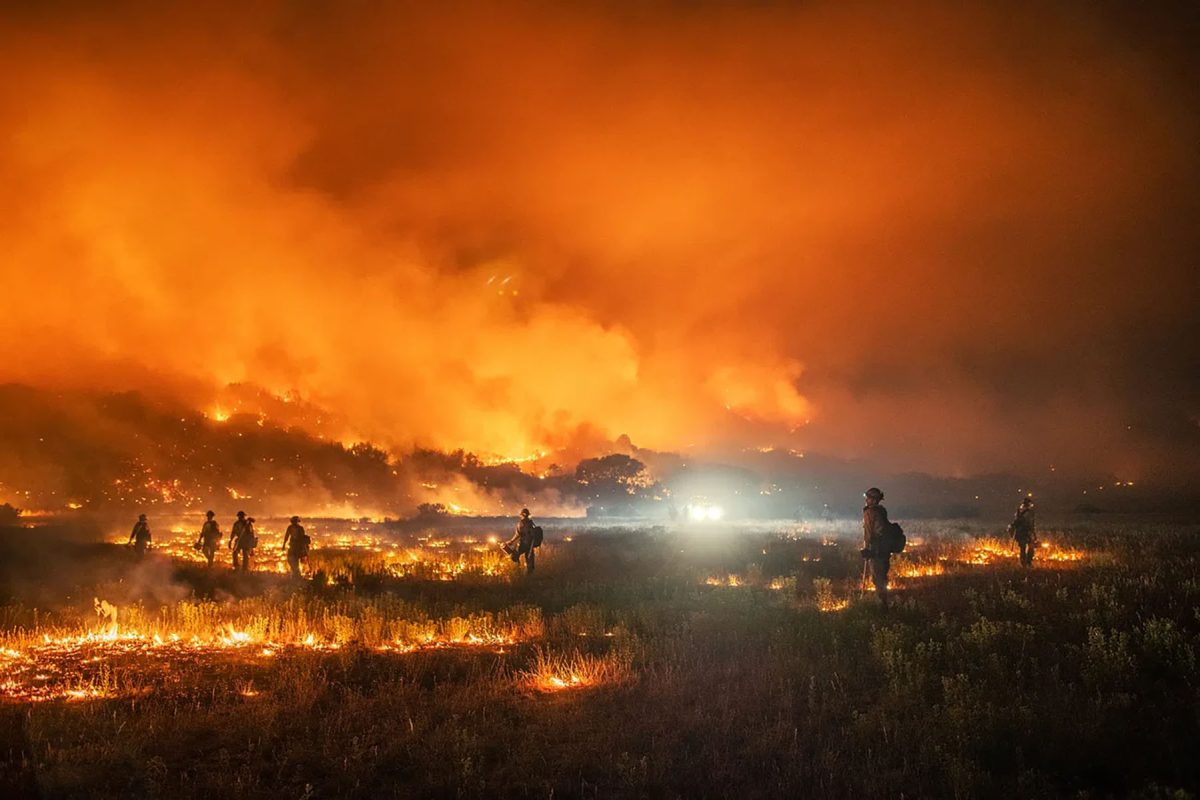


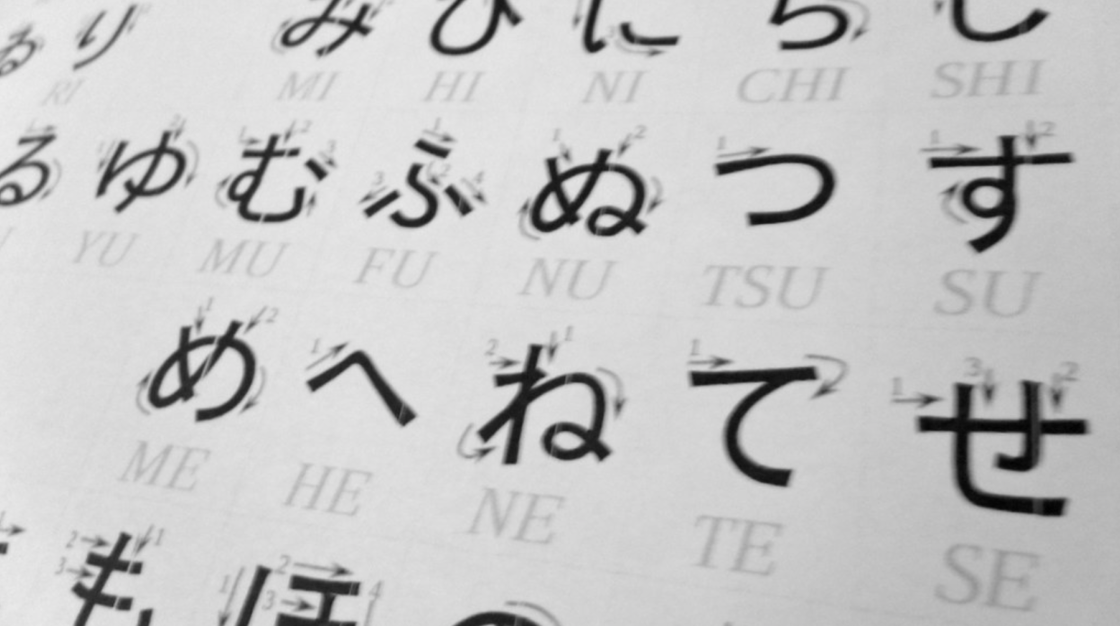






![Teacher [Milk] Tea: Part 2](https://bisvquill.com/wp-content/uploads/2024/03/Screen-Shot-2024-03-19-at-9.28.48-PM.png)
